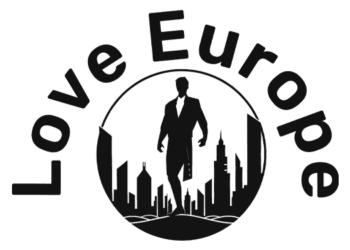Remote work has experienced a significant surge across the European Union (EU) since the COVID-19 pandemic, with the Netherlands emerging as the frontrunner in telework adoption.
According to Eurostat, in 2023, 22% of individuals aged 15 to 64 in the EU were engaged in remote work, reflecting a shift in work patterns and highlighting disparities among member states.
Data reveals that out of the 22% of EU remote workers, 9% were doing so regularly and 13% on occasion.
This marks an eight percentage point increase since 2019, before the pandemic, underscoring a trend toward flexible working arrangements.
The statistics indicate notable disparities among EU countries.
The Netherlands leads with an impressive 51.9% of its workforce working remotely at least part-time.
Following closely are Sweden (45.3%), Iceland (42.6%), and other Nordic countries like Norway and Finland, which hover around 42%.
Conversely, nations like Germany, Italy, and Spain report much lower remote work acceptance, with Germany at 23.4% and Italy and Spain below 15%.
In Eastern Europe, countries such as Romania and Bulgaria face significant hurdles, with only about 3% of their working populations engaged in remote work.
What’s driving remote work adoption
The adoption of remote work is influenced by various factors, including the degree of tertiarization and digitalization within a country’s economy.
Tertiarization refers to the shift from primary (agricultural) and secondary (manufacturing) sectors to the service-oriented tertiary sector, which typically offers more telework-friendly jobs.
Digitalization also plays a crucial role; nations with advanced technological infrastructures are more likely to facilitate the transition to remote work.
In countries with robust technology frameworks, businesses are more inclined to implement remote work policies, resulting in higher telework rates.
The high telework adoption rates in the Netherlands and Sweden can be attributed to their progressive labor laws and strong emphasis on work-life balance.
Both countries have fostered a supportive environment for remote work through effective legislation and healthcare initiatives aimed at enhancing employee well-being.
This focus not only smooths the transition to telework but also boosts overall workplace satisfaction and productivity.
Challenges in Eastern Europe
In contrast, the lower telework rates in Eastern Europe highlight several challenges.
Issues such as underdeveloped digital infrastructure, a lower degree of economic tertiarization, and cultural attitudes towards work can hinder remote work acceptance.
In Romania and Bulgaria, limited access to digital resources and a lack of telework-friendly policies further complicate the adaptation of workforce practices.
Eurostat’s data illustrate a growing acceptance of remote work within the EU, albeit with varying levels of engagement among member states.
This increase in teleworking reflects broader societal shifts triggered by the pandemic, while also emphasizing the significance of economic structures and infrastructure in shaping employment behaviors.
As countries adapt to this evolving work landscape, understanding regional differences will be vital in ensuring equitable access to remote job opportunities.
The rise of teleworking presents both challenges and opportunities in the expanding European job market.
Source link : https://www.tradingview.com/news/invezz:b27454651094b:0-remote-work-soars-in-eu-netherlands-leads-with-51-9-adoption-rate/
Author :
Publish date : 2024-09-28 11:25:46
Copyright for syndicated content belongs to the linked Source.


